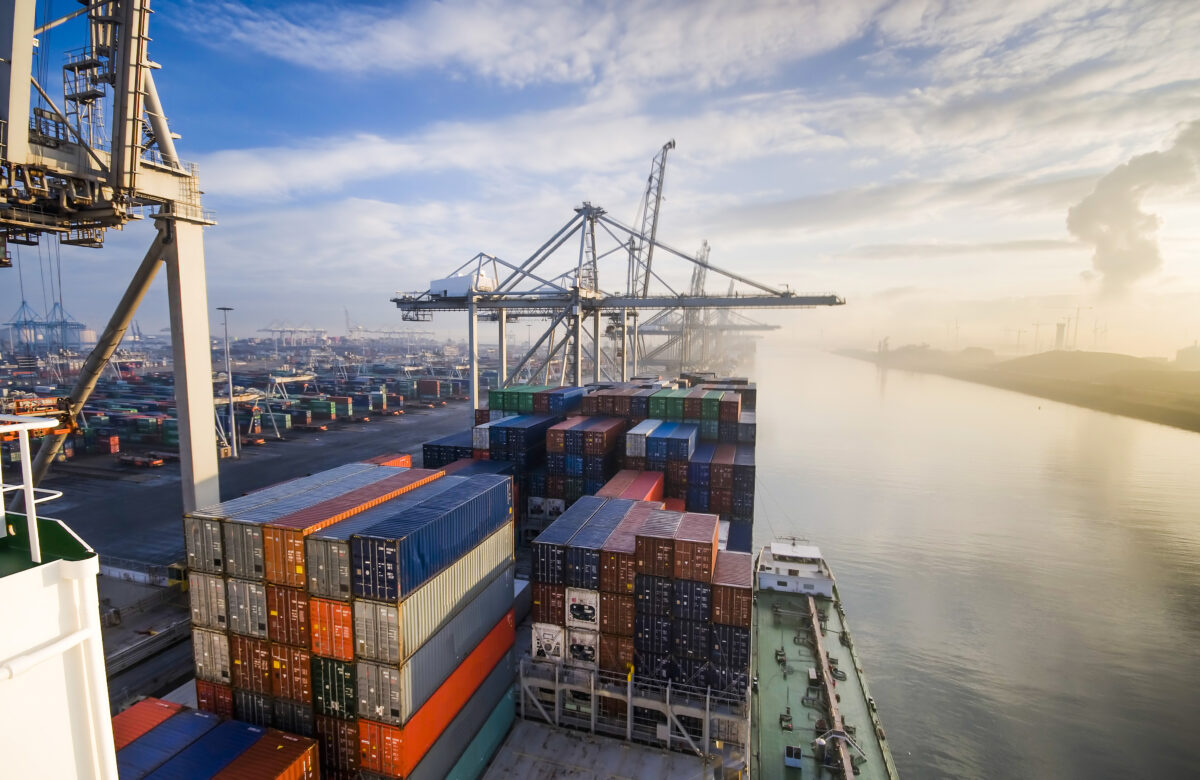All import and export transactions are checked by customs as part of a customs audit. What exactly is checked results in detail from the test regulation.
Especially in the context of a classic customs inspection, during which the imports are checked, there are always typical mistakes in the company.
In consultancy practice, it can therefore be seen that there are regularly three aspects to which the auditor is highly sensitive and which are highly likely to be discovered in the course of customs audits in the event of errors.
In this article we would like to show you which are the three most frequent sources of error during import and why they are often detected during a customs inspection and are sometimes even punished with fines or criminal proceedings.
Error No. 1: wrong tariff number
The choice of an incorrect tariff number for the imported goods is in a sense the most frequently found error in customs inspections.
All goods entering the European Union must be given a TARIC code number in the customs declaration. This code number is used for measures such as the applicable duty rate.
Customs auditors often determine in the context of customs inspections that the goods have been placed in the wrong customs tariff number of the customs tariff. This can happen by mistake because there is a lack of knowledge about the correct tariffing of the goods. However, it often happens that a different tariff number is deliberately chosen, as this leads to a cheaper customs clearance of the goods. In some cases, companies are also in the grey area because several tariff numbers can be represented for one product.
The reason for choosing the wrong tariff number is e.g. because,
- You have relied on the packaging, labels or operating instructions alone when determining the tariff number,
- You have placed the purpose of use in the foreground, although it is not recognizable,
- overlooked binding EU classification decisions to determine the tariff number
As a rule, the inspector selects the import transactions with the largest volume per product as part of the customs inspection. He will then want to determine within the framework of this sample whether the tariff number has been dialled correctly.
To this end, it uses, for example, binding tariff information or an internal customs database showing how certain goods are to be classified in the EU customs tariff.
The examiner will certainly also ask supplementary questions about the function or nature of the product if he has doubts about the correct classification.
It is also particularly problematic in this context if companies have already been informed during an earlier customs inspection that the goods tariff number they used is incorrect. If this has not been stopped by them, criminal proceedings can be initiated quickly because of an attempted tax evasion.
Before the customs inspection begins, companies should therefore carry out a self-check and plausibility check to determine whether at least for the high-volume products the correct goods tariff number has actually been selected and whether there were any complaints in the past when choosing the tariff number.
Error No. 2: Customs value determined incorrectly
Just as often as the goods tariff number is dialed incorrectly, there are also complaints about the customs value.
The customs value is entered incorrectly, for example, if
- Purchases from affiliated companies and the affiliation has influenced the purchase price,
- Additions to the customs value have not been made, e.g. freight costs or insurance costs have not been stated in the FOB purchase.
Determining the correct customs value is extremely complicated and this often leads to errors in companies. This is the case, for example, if goods are procured from affiliated companies and the connection has influenced the purchase price.
However, regular imports from an unrelated manufacturer abroad can also lead to errors in determining the customs value. In this respect, certain costs must be added to the customs value. These include, for example, freight costs or insurance costs. It is often observed, for example, that insurance costs have not been added to the customs value.
This also often happens out of ignorance, because the forwarder does not know the costs of a transport insurance taken out by the buyer himself when buying a FOB, for example, and therefore cannot state them when declaring the customs value.
Since there are a large number of additional amounts and deduction amounts to the customs value, the error possibilities here are relatively high.
The inspector will also normally make a sample of imports as part of the customs value check. If the sample finds, for example, that insurance costs have not been properly added to customs legislation, he will extend his audit to all import operations if necessary and carry out a full recalculation.
Error No. 3: disguised payments
In the course of customs audits, which we have accompanied, we also find time and again that customs auditors pay attention to concealed payments (so-called under-invoiced invoices).
For this purpose, the customs inspector usually compares the actual payments made for the suppliers with the largest volume. The vendor account is therefore examined in more detail. In particular, the auditors want to determine whether the commercial invoices were kept artificially low when purchasing and whether (hidden) compensation payments were then made to the manufacturer.
Avoidance of suspicion of disguised payments
- Make sure that there are no further payments to your vendors outside of the goods deliveries (without document),
- you assign account movements to the deliveries,
- Avoid flat-rate settlements that are not transparent
The reason for this is that such”under-invoiced” invoices artificially push down the customs value. Therefore, it is often problematic if, for example, there are flat-rate payments from the importer to the manufacturer for other activities. The customs inspector will then generally have difficulty in determining whether the goods have been purchased or whether they are in fact other services provided by the seller.
As part of a self-check before the customs audit, it should therefore be checked once again whether the accounts and the payment flows are plausible or whether there may be problems of understanding for the auditor.
Other sources of error within the scope of customs audits are conceivable
The aspects just outlined are, in a sense, the three most common points identified in a customs audit. Since customs law is extremely complex, there are, of course, many other points that can be inadvertently violated during importation.
From an economic point of view, however, subsequent surveys due to disputes over the correct goods tariff number account for the majority of additional claims for customs inspections.
If it becomes apparent even before the customs inspection that there may be a need to discuss certain goods tariff numbers, careful preparation of the customs inspection is also recommended here. Companies should then check again from whom they had received the customs tariff number used. In some cases, companies have even received the customs tariff numbers from the customs administration itself or the goods tariff number was”simply waved through” during customs inspections.
This information should also be compiled in advance of the customs inspection in order to have the best possible argumentation potential vis-à-vis the customs inspector.
This is how you should proceed
How to prepare the customs inspection and find errors in front of the inspector
- Check all goods tariff numbers for plausibility, especially those of your high-volume products,
- Check that the customs value has always been correctly stated and in particular that additions to the customs value have been made correctly,
- Ensure that there is a “audit trail” that allows the auditor to track payments seamlessly and on the basis of documents,
- If you have customs authorizations, check whether their requirements have always been met and conditions have been met.
Dieser Artikel wurde am 19. September 2018 erstellt. Er wurde am 13. April 2019 aktualisiert. Die fachliche Zweitprüfung hat Rechtsanwalt Dr. Tristan Wegner durchgeführt.

